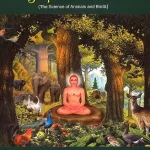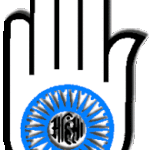
The Jain tradition is one of the 3 ancient streams of Indic civilization. Its contributions to dharmic society are notable and erudite. In a previous article, we discussed the informative zoological tome known as Mriga Pakshi Sastra.
Today’s Post discusses the veritably encyclopedic work known as Nisitha Curni.
Background

Jina Dharma has produced more than just exhortations to non-violence or educative bestiaries, it has also generated texts of tremendous insight that have run the topical gamut. The Nisitha Curni, more correctly spelled as Nisheetha Choorni, is an example of this contribution.
Dated to the 7th Century CE, this manuscript came to the notice of indologists in 1960. [1] From Governance to Social life to Material life to Economic life to Fine Arts to Religion itself, it is a multifarious manuscript that is valuable. Its utility stems not only from the range of topics, but also due to evaluating the non-Vedic, non-varna focused dimensions of Indic Civilization. Caste is certainly an erroneous term for Varna-samooha discussions (jaathi (meaning race) is an invalid post-Sunga imposition on varnashrama dharma), but it remains the obsessive topic for India-haters and krypto-casteists alike. It is imperative for Bhaaratheeyas to study other aspects of the Civilization, and such texts provide deeper insight into our way of life.
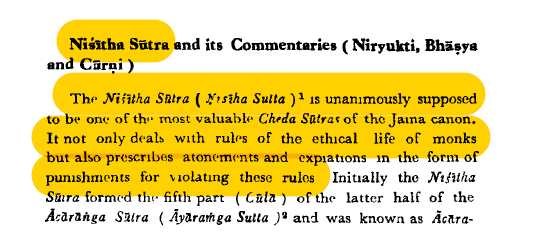
Coins of King Varmalaatha (Bhinmal) are mentioned by the text, geographically locating it to Laatha, in modern Gujarat. [1, 9] This aligns with the plentiful references to regions immediately adjacent to the Narmada basin.
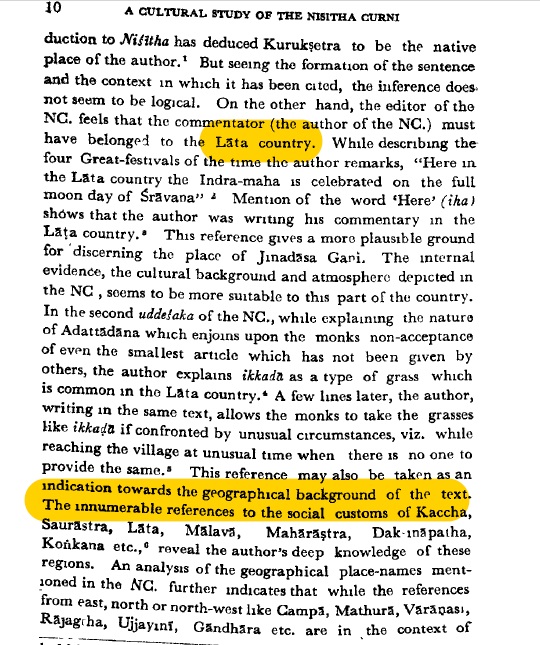
Attempts have been frequently made to ostensibly treat different regions of India as though they were different nations. In reality, one can see that even other dharmic faiths treated these different desas of India as being presided over by the same nation (Bhaaratha). Royal patronage of Jainism was not limited to Rajasthan and Gujarat, but extended even into Karnataka, Aandhra, and the Tamil desas. Odisha’s most indisputably Jain king was Kharavela of the Mahamegavahanas.
Author
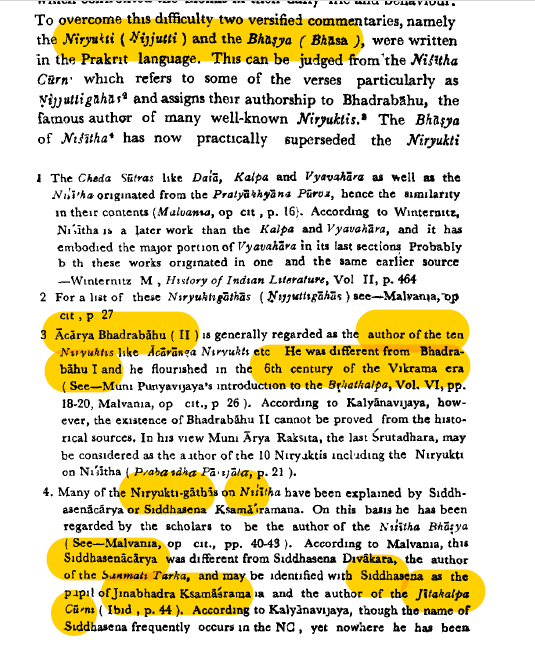 Authorship of the Nisheetha is somewhat debatable. Though the corpus is traditionally credited to Bhadrabahu I, consensus today is that it is based on the lectures of an Acharya known as Bhadrabahu II. He is dated to the 5th century CE. With 10 Niryukthis to his name, Bhadrabahu is considered an authority on the clerical topics expounded in the Nisheetha.
Authorship of the Nisheetha is somewhat debatable. Though the corpus is traditionally credited to Bhadrabahu I, consensus today is that it is based on the lectures of an Acharya known as Bhadrabahu II. He is dated to the 5th century CE. With 10 Niryukthis to his name, Bhadrabahu is considered an authority on the clerical topics expounded in the Nisheetha.
These Niryukthis were commentaries on Soothras. Siddhasenaachaarya is thought to be the pupil of Jinabhadra Ksamaasrama, and he was the author of the Jeetakalpa Choornis. [1, 3] Choornis are written in a melange of Prakrit and Sanskrit, in prose commentary form. The text at hand is specifically the Nisheetha Choorni, and that is credited to Jinadasa Gani Mahattara, in 7th Century CE. [1, 4]
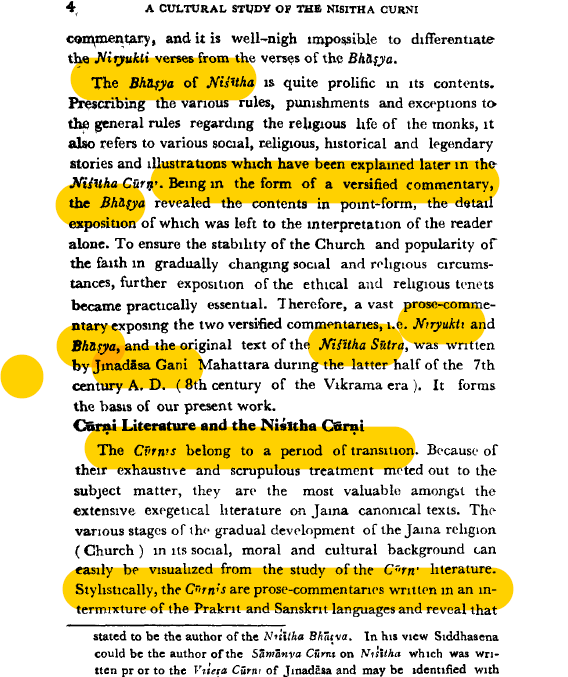
Choorni literature has been catalogued to be as many as 20 in number, running from the 4th to 8th Centuries CE. Of these, 8 are attested to be the work of Jinadhaasa. [1] The Nandi Choorni manuscripts mentions the date as being Vikrama Samvat 733. This is corroborated by Jaisala-mera Bhaniaara Soochi for the dating of the Nisheetha. [1, 9]
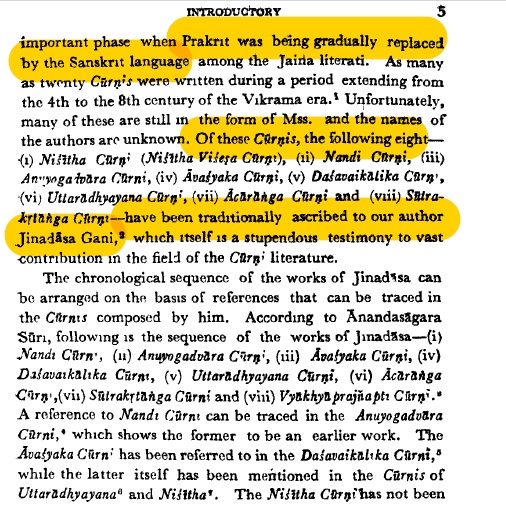
To add to the complexity of the matter, the Nisheetha Soothra (itself a latter addition to the Aachaaranga Choorni) is furthered divided into 2 commentaries, with only the Visesha Choorni on the Nisheetha being available. As such, the full appellation of the can be considered Nisheetha Visesha Choorni by Jinadhaasa Gani.
So just who was Jinadhaasa? The reality is, information about his life is in noticeable paucity. Most of what we have comes from his own references in the various Choornis credited to him. We do know that ‘Gani’ and ‘Mahattara’ are epithets granted to him by his Acharya, stated to be Govaaliya or Gopaala Gani Mahattara.
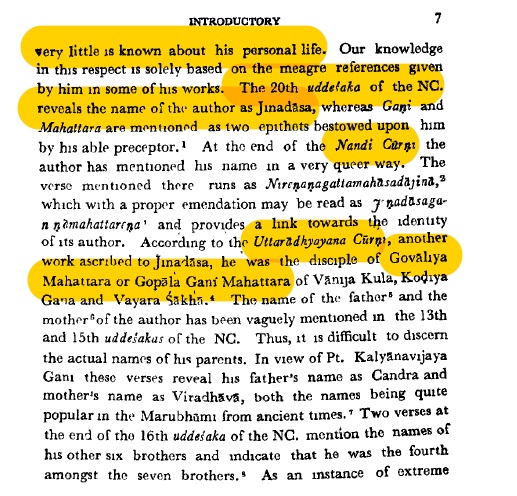
There is an interesting if circuitous connection between Jinadhaasa and Vararuci, the famous Navarathna of Emperor Vikramaditya. Pradyumna Kshamaashrama is mentioned as the atthadaat or religious preceptor of Jinadhaasa. He has been identified by some as Pradyumna Suri, disciple of Yasodeva Suri, who was also the Guru of Vararuci.
Thus, as with Rishabadeva, the first Theerthankara, we see again the intertwining between the Vedic and Jain streams of Indic Civilization.

Despite its encyclopedia reach, the essential purpose of the Nisheetha is to detail the ethical tenets and expiations of Jain Society. The result of this is an all-encompassing guidebook for the conduct of Jain life, not only for the clergy but also for the laiety. Both the original Nisheetha Soothra and the commentary on it, Nisheetha Choorni, are divided in 20 uddelakas.
Though its range is expansive, its structure is not deemed “systemic” by scholars. Rather, much like the Hitopadesa and Panchatantra, exemplum is utilised to good measure. Not only episodes from history, but numerous folk tales are employed to explicate topics and principles. The first and most eminent mention is that of Chandragupta Maurya, said by Jains to have converted in his later life.
Selections

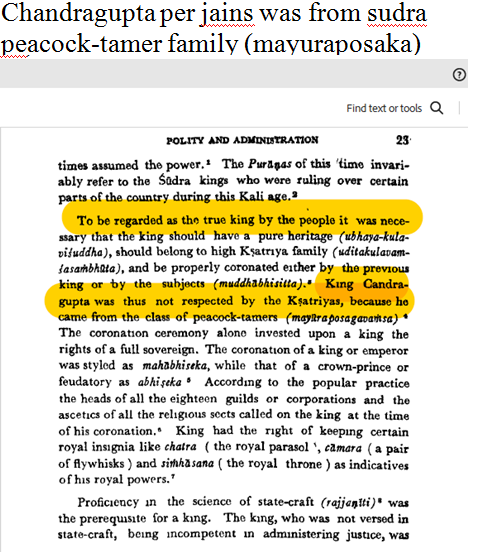
§
While Jains are famous for their ahimsa extending to diet, the stringent restrictions on monks were not inflicted on the general population. The Nisheetha mentions not only the vegetarian diet of Jains, but many non-vegetarian items of the general population of India. Even many delectable drinks are discussed—yes, there was a world before falooda…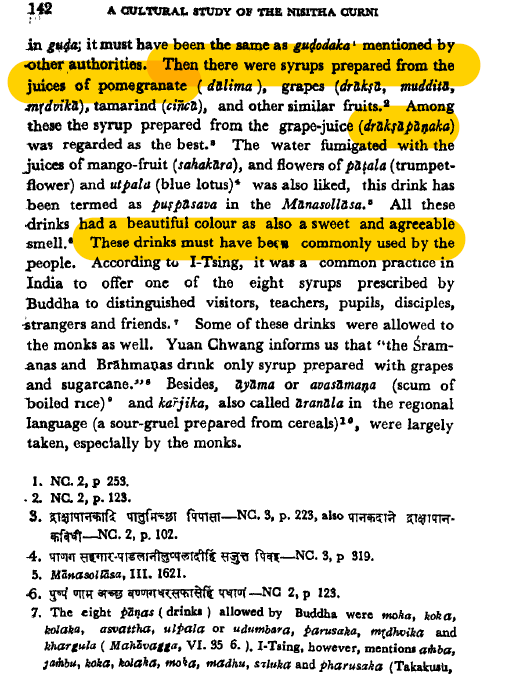
§
There is also detailed discussion in the Nisheetha Choorni about Clothing. Not only are various varieties of cloth discussed, but also the detailed nature of the weaving. This discussion is highly relevant in the present time when so many embroidery methods are misattributed as non-native. More often than not, it is the reverse that is true.

§
Contrary to many indological oafs, both men and women typically had upper garments (Kerala being the oddball here for jaathivaadhi reasons). Even among Jain nuns, nudity was not proclaimed. Common women wore bodices (kanchuki).
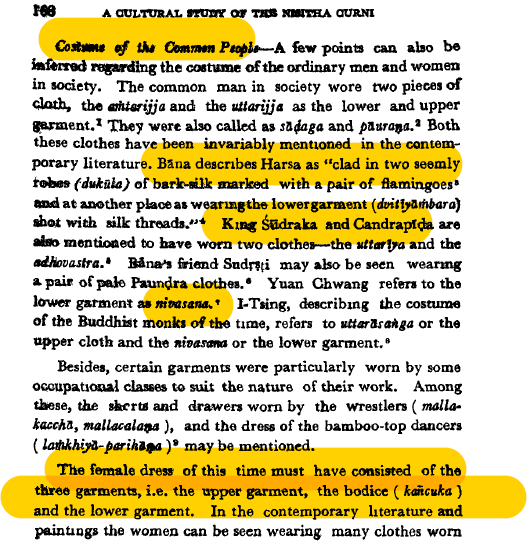
§
There is also an exegetical treatment of medicine, surgery, and even veterinary science. The Jains had a rich tradition of their own, though they made reference to Dhanvantari, as a Sage rather than deity.
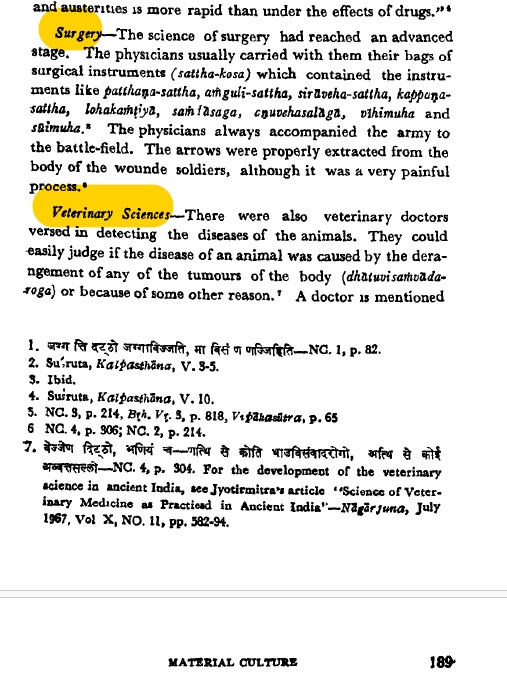
§
Finally, architecture is also touched on. While there are numerous other topics from social life to education and on, this is an appropriate point from which to depart from our discussion. Jain architecture has produced some truly lovely works and sites. The tradition of the Nisheetha Choorni is no doubt connected to such a legacy.
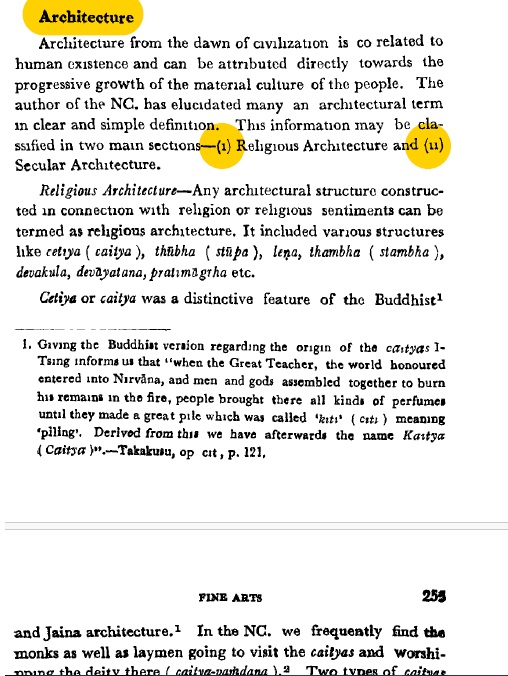
References:
- Sen, Madhu. A Cultural Study of the Nisitha Curni.Amritsar: Sohanlal Jaindharma. 1975

